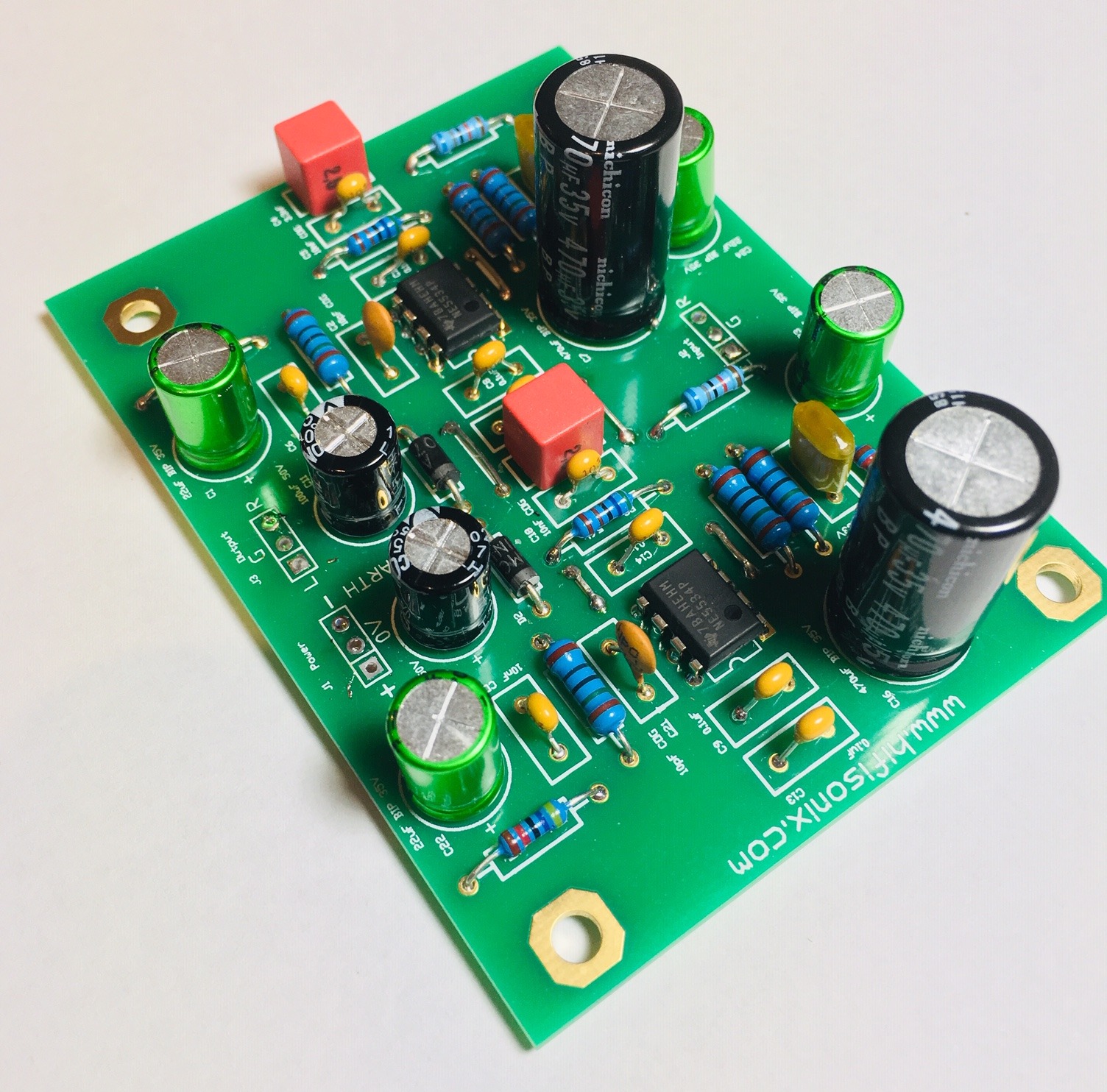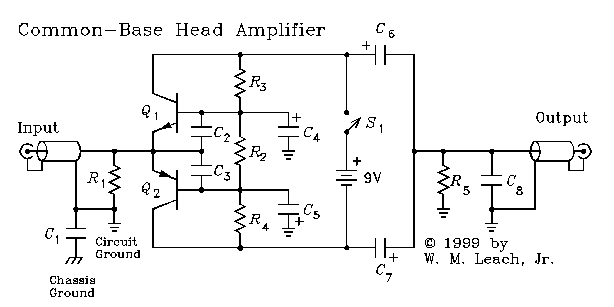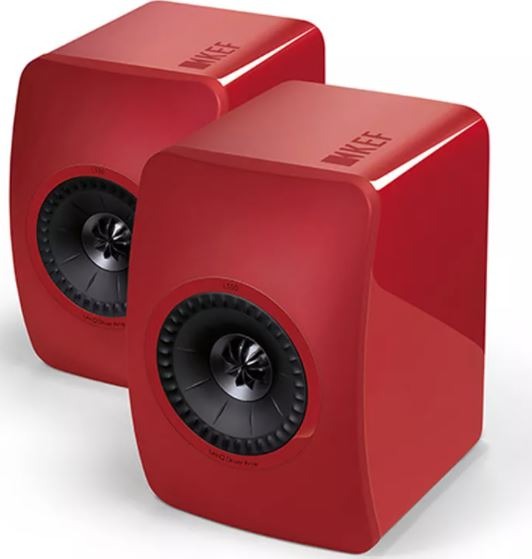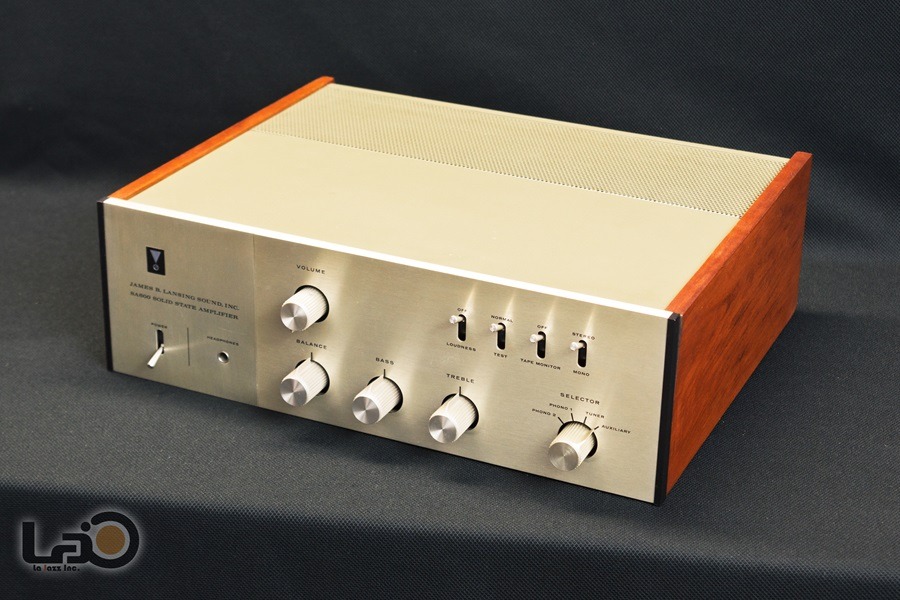Your basket is currently empty!
Articles
Welcome to our articles page, where you’ll find a wealth of information on everything audio-related. Our articles cover various topics that will appeal to audiophiles of all levels.
-

Very Simple, Accurate RIAA Phono EQ Amp
Very High Quality Silk Screened PCB’s for this project are available from Jim’s Audio here:- Hifisonix RIAA Amplifier Here is a simple no-nonsense, accurate RIAA equalizer amp you can easily build. The design uses an all-active topology and is based around an NE5534A low noise opamp. I make no claims for originality but you wont…
-
Technical Requirements of Phono Preamplifiers by Tomlinson Holman
The two articles below were written in the 1970’s, nearly a decade before the arrival of the CD and the ‘perfect sound forever’ claim made by Philips. There was a lot of focus on phono amplifier performance at the time which it could be argued was triggered by the arrival of very high performance turntables…
-

Richard Lee’s Ultra-Low Noise MC Head Amp
This design was a development of Marshall Leach’s MC head-amp, from the 1970s, and to my knowledge, Richard Lee’s implementation presented here has not been bested in terms of noise – about 280pV/rt Hz in a well-implemented exemplar – other than in the Hifisonix X-Altra MC/MM Phono Preamplifier. Importantly, it requires only about 12mA current…
-

My Loudspeakers
I bought a pair of B&W 703’s in about 2003 and they travelled with me all around Asia when I worked there as an expat for ten years. These are big loudspeakers with fantastic bass and mid-range articulation. The treble may be a little forward for some, but for Jazz, big band and rock they…
-
The Endless Semantic Debate: Current and Voltage Feedback Amplifiers
It seems some are still agonizing over the ‘current feedback’ versus ‘voltage feedback’ definition. Clearly a case of people wanting to continue to flog a horse that was laid to rest five decades ago during the heyday of the analog computer, or they simply fail to grasp the CFA concept. I suspect there are an…
-
The Tale of Two Recordings
I thought I’d share my thoughts with you on the sound of two LP’s I recently acquired. Many of you will have heard of the term ‘sound wars’ which has been coined to describe the relentless increase in the use of dynamic range compression in modern recordings, a development it could be argued from the…
-
JLH 10 Watt Class A Amplifier
This is a copy of the original John Linsley-Hood article that appeared in Wireless World in 1969. This design, almost 50 years old, is still built in its hundreds all over the world. A quick root around on the web will show numerous kits, many of quite acceptable quality, emanating from China and Hong Kong.…
-
Class A Buffering the Correct Way
Here’s a simple way to force an opamp output stage to run in class A when used with a discrete buffer output stage – it takes just 1 resistor to provide a near constant current source load. Operating the opamp (and the output buffer stage) in class A dramatically reduces harmonics on the power rail…
